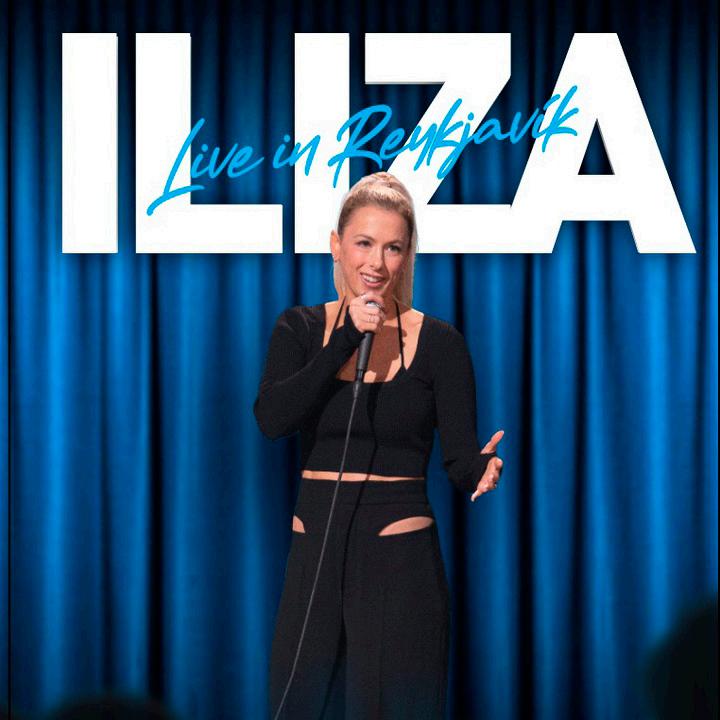
20 minute read
EVENTS
NOTABLE EVENTS LORD OF THE RINGS MARATHON
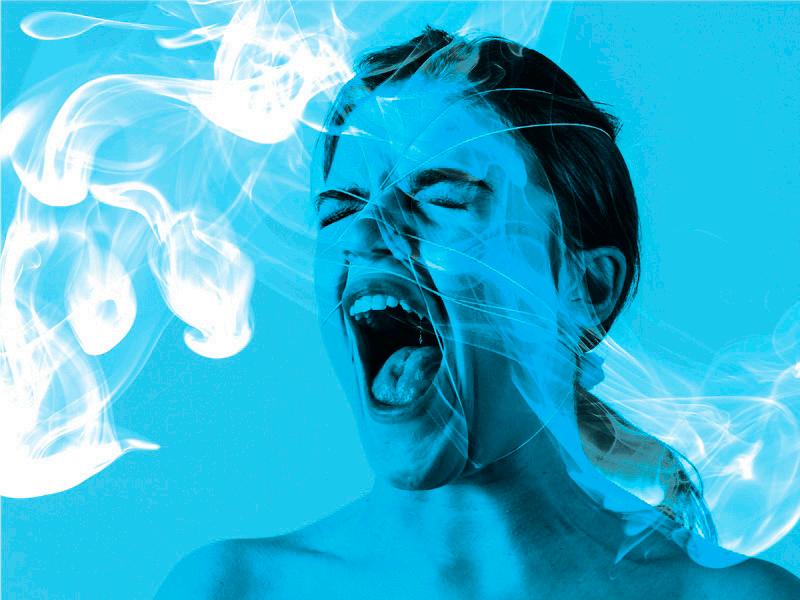
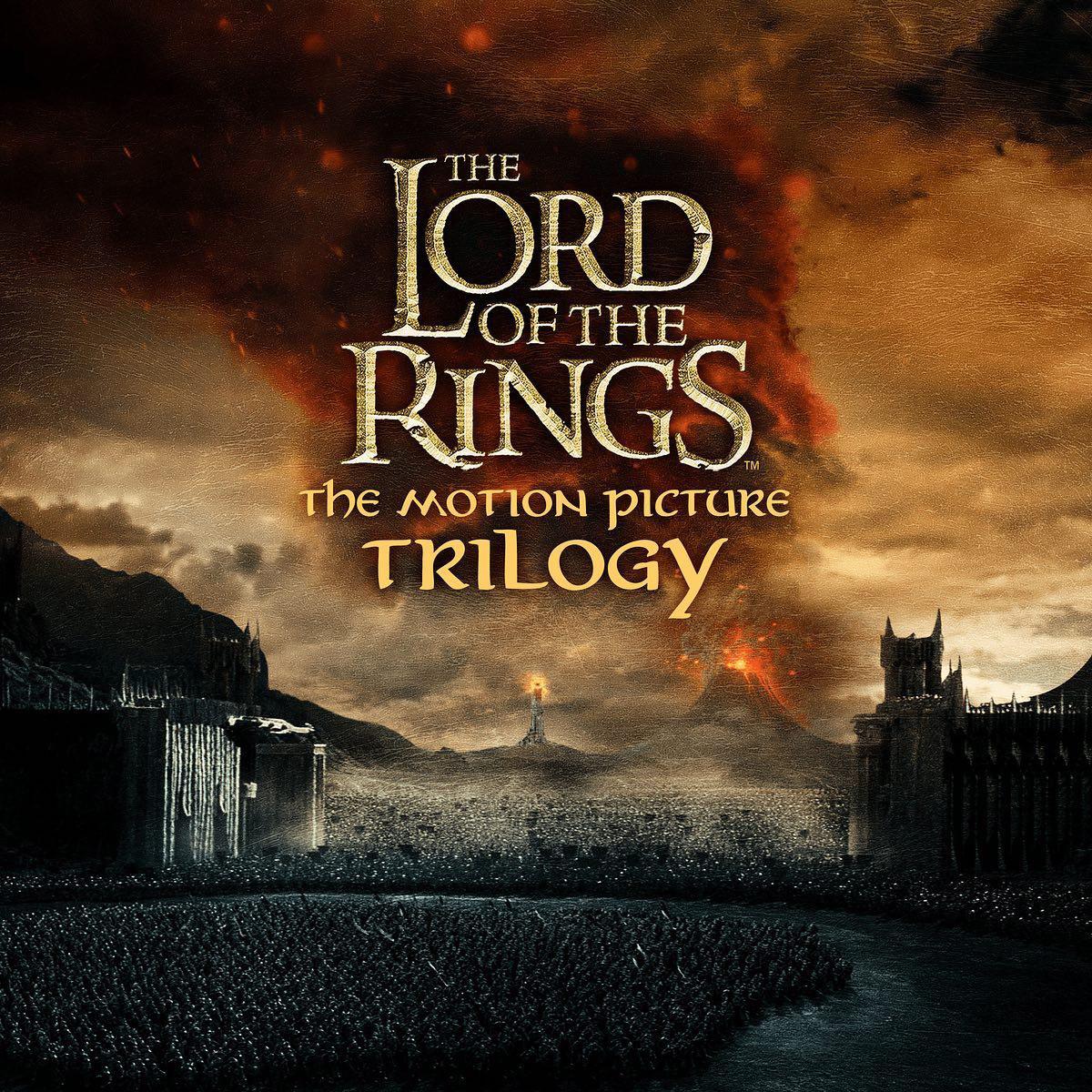
JANUARY 1 If you are hungover on New Year‘s Day or simply a huge fan of Peter Jackson‘s adaptation of the Tolkien classic, Bíó Paradís has the right event for you: a Lord of the Rings marathon. That‘s right – relive all 3 films in their entirety back in a cinema. It‘s an all-day event, so make sure you stock up on popcorn, soda, and candy in the lobby. Brush up on your Elvish and prepare to enter the lore of Middle Earth for like 10 hours straight!
ILIZA: LIVE IN REYKJAVÍK
JANUARY 10 American comedian Iliza Shlesinger will bring her talents to Reykjavík on January 10. The talented comedian/writer/actress/podcaster won first place in the comedy talent show Last Comic Standing in 2008. Known for her gut-busting comedy specials, Shlesinger also has written books and acted in films. Most notably, she starred alongside Mark Wahlberg in the Netflix film Spenser Confidential (2020). She will be performing at Háskólabíó for a night of guaranteed laughs.
FREYJUFEST
JANUARY 21 In case you didn’t know, jazz is a big deal in Iceland! Many bars host jazz nights throughout the city of Reykjavík, and this year, Harpa concert hall will host the inaugural Freyjufest on January 21. This event showcases up-and-coming jazz talent from Iceland, the U.S., Switzerland, Sweden, and more! You can buy a ticket for the afternoon sessions or evening sessions for ISK 5.200. To attend both, it’s only ISK 8.000!
EYJANÓTT
JANUARY 21 Join Icelanders in Harpa concert hall on a night of remembrance, perseverance and celebration of the Icelandic spirit. Fifty years ago in 1973, a volcano erupted on the island of Heimaey in the Westman Islands, disrupting the lives of 1350 families - roughly 2.5% of Iceland’s population - many of whom lost their homes. Despite the losses, people moved back to Heimaey and rebuilt their community. Performers at Eyjanótt will sing and play some of Iceland’s most popular songs in memory of this important event in Iceland’s history.

DARK MUSIC DAYS
JANUARY 21 - 26 Since the 1980s, this festival has showcased innovative talent in contemporary music. Held during the winter when sunlight is sparse, Dark Music Days prides itself on its diversity. From contemporary classical music to experimental, artists perform across the city in beloved venues like Harpa, The Nordic House, and Hallgrímskirkja.
REYKJAVÍK INTERNATIONAL GAMES
JANUARY 28 - 31 The 16th annual Reykjavík International Games begins during the last weekend of January at the sports complex in Laugardalur. The events will finish during the first weekend of February. Competitors from 20 different sports, including powerlifting, climbing, fencing, darts, figure skating, and even chess, descend on Reykjavík for a chance to win big. Along with the competitions and matches, there will also be a conference where speakers will address things like nutrition, psychology in sports, and more. For more information, visit https://www.rig.is/en.
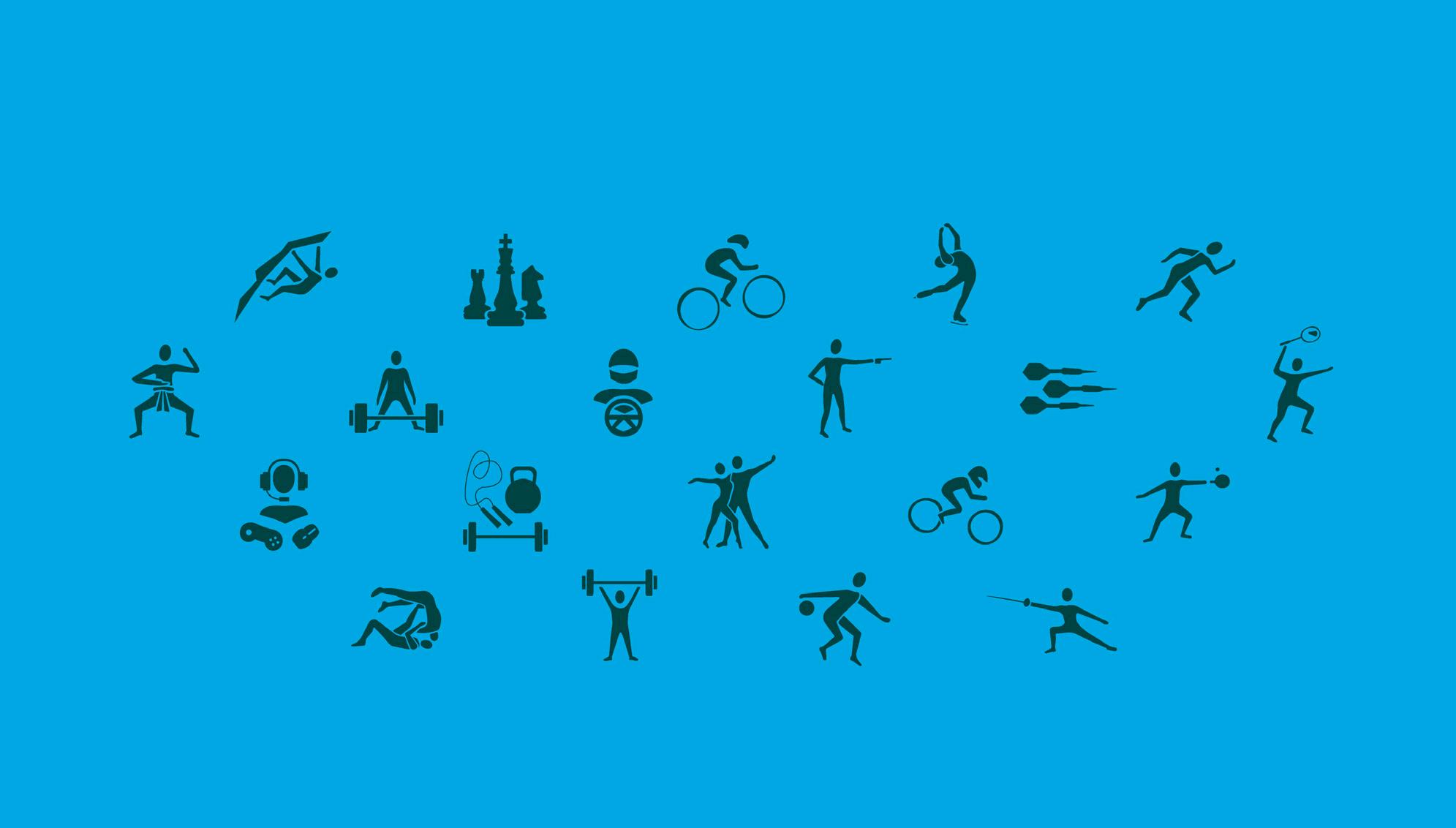
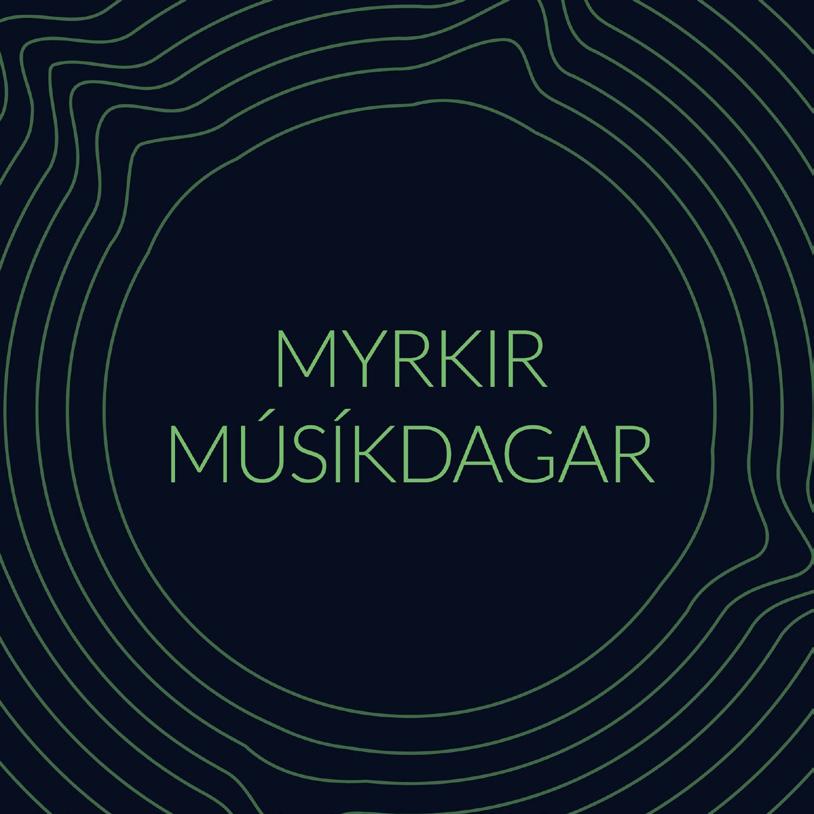

REYKJAVIK ART MUSEUM ÁSMUNDARSAFN
Ásmundur Sveinsson and Unndór Egill Jónsson
Contemporary sculptor Unndór Egill Jónsson presents a new body of work framed as a response or conversation with the work and legacy of Ásmundur Sveinsson. The museum itself was designed and built as a studio and home by Ásmundur. All about light, the modernist concrete structure is (apparently) a mix of the Mediterranean and Nordic styles, though that might take a minute. If you’ve not been, it’s a very cool space and well worth checking out. Unndór Egill’s practice mixes woodwork, furniture and kinetic timber machinery. It will be interesting to see how it fits with the singular vision of Ásmundur’s beautiful, peculiar space.
AURORA REYKJAVÍK
Catch the Aurora Borealis All Year Round
There is perhaps nothing more magical than witnessing the
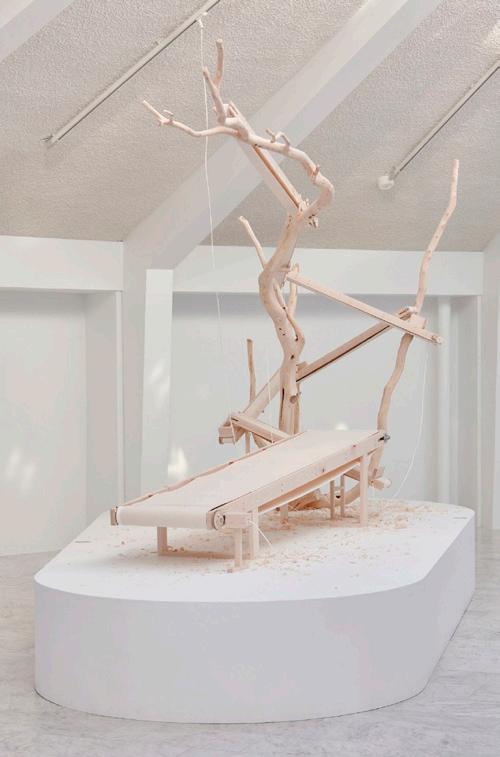
Unndór Egill Jónsson beauty of a northern lights display. However, those unpredictable, ever dancing lights don’t always show up on cue – and fade away during the summer months. So, it is with great joy that we welcome Aurora Reykjavík – The Northern Lights Centre, where the northern lights are always on display. Aurora Reykjavík’s pull and ace up its sleeve is its fantastic 4k timelapse film of the Aurora Borealis. Aurora Reykjavík’s latest additions are virtual reality goggles featuring the world’s first 360° movie of aurora displays entirely shot in Iceland. If you can’t catch the northern lights yourself, this utterly realistic experience is definitely the next best option to witness the beauty of this truly amazing phenomenon.Capturing the northern lights with your own camera can be challenging, but at Aurora Reykjavík, you receive instruction by the experts: bring your camera and try the right settings at the Northern Lights Photo Simulator. In the exhibition, you will find an entertaining selfie booth – have fun looking all fabulous under the northern lights!
For more information, see www.aurorareykjavik.is. Aurora Reykjavík
NATIONAL GALLERY OF ICELAND
Zanele Muholi
An exhibition of the works of South African photographer and visual activist Zanele Muholi. Muholi‘s powerful images capture the struggle for the rights of black lesbian, gay, bisexual, trans, queer and intersex people in the artist‘s home country. Muholi gives a voice to those who have to battle daily for recognition of their identity.
More than 100 photographs, together with video works, provide

Zanale Muholi
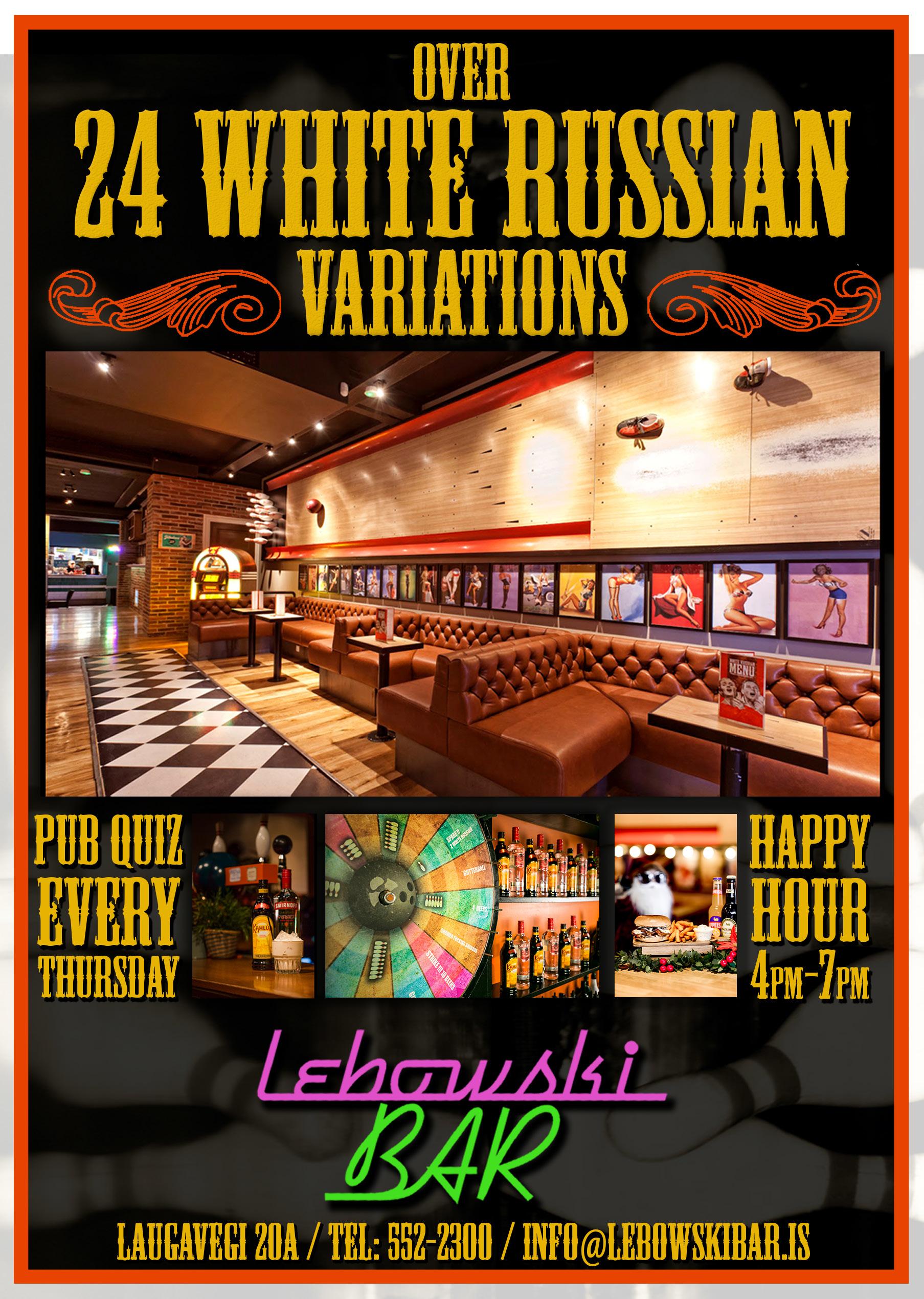
insight into these marginalised communities: Muholi‘s sincere view focuses especially on identity politics, prohibitions, hate crime and rape, but also on pride, resistance, unity and love.
Jewellery by Dieter Roth
Dieter Roth (1930—1998) was a pioneer who respected no boundaries: a thinker, trailblazer, poet, musician, filmmaker and visual artist. A less well-known aspect of his career is that he also made an impression with his creation of innovative jewellery, starting in Iceland in the late 1950s. The first pieces of jewellery designed by Roth were made in collaboration with his wife, artist Sigríður Björnsdóttir, at the kitchen table in their home; but before long, they were offered better facilities in the atelier of goldsmith Halldór Sigurðsson at Skólavörðustígur 2 in central Reykjavik.
Roth‘s jewellery, generally composed of screws, bolts and other mechanical parts, could be assembled in various different ways, and reconfigured. His jewellery-making was characterised by the same approach as his art: he made use of materials that were generally dismissed as waste or refuse, which he transformed. No two objects are alike; Dieter Roth was familiar with the qualities of the material and worked directly with it. In the 1960s, Roth embarked on a collaboration with Swiss goldsmith Hans Langenbacher; the two men had first met at the atelier of goldsmith Jón Sigmundsson in Reykjavík in 1958, and had been impressed by each other‘s methods, use of materials, and skill.

Hildur Hákonardóttir Guðjón Ketilsson
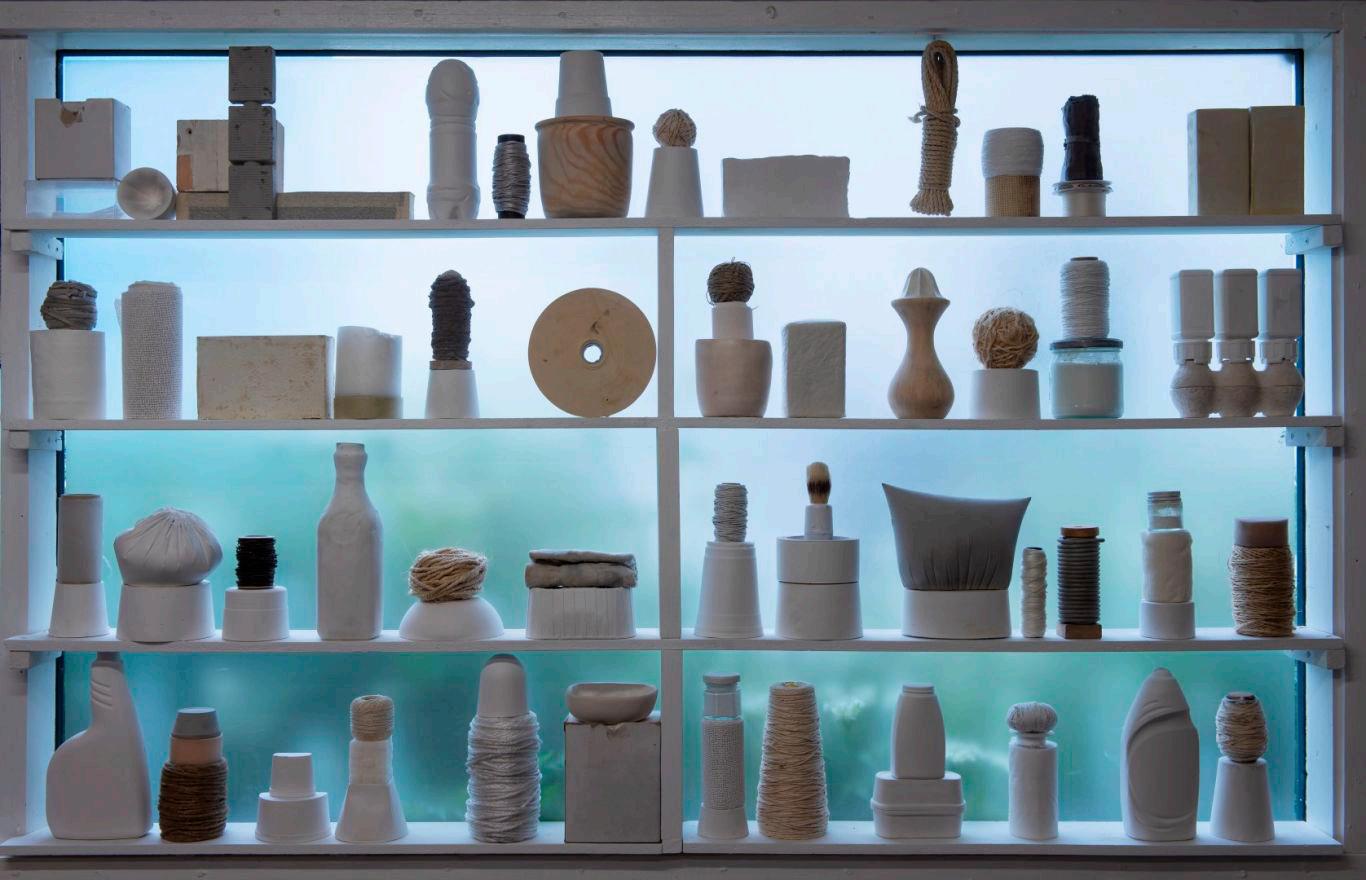
REYKJAVIK ART MUSEUM KJARVALSSTAÐIR
Hildur Hákonardóttir: Read Thread
Opening on January 14 is an exhibition highlighting the works of the diverse artist Hildur Hákonardóttir, who was an important figure in Icelandic culture in the 1960s and 70s. Her work reflects the ongoing social movements both in Iceland and in New York, where she lived with her then-husband. Race, gender, equality and more issues have come to define Hildur‘s illustrious career. Although she worked through many mediums, she is perhaps most famous for her preferred method of weaving. The exhibition contains many of Hildur’s bestknown works, which have become important landmarks in Icelandic cultural history and influenced societal changes. There are also installations, photographs, videos and computerised drawings from a career that spans over 50 years.
Guðjón Ketilsson: Jæja
The Icelandic phrase ‚jæja‘ can mean anything or nothing. It means nothing on its own, but it can carry a lot of weight, depending on the context. It can be a word of sympathy, a verbal smirk, or simply something to say to fill an awkward silence. Sculptor Guðjón Ketilsson channels this nuance into his new exhibition, Jæja. He creates works of art out of ordinary or mundane objects and gives them a new context, so their meanings change. Traditionally, he has created works composed of found furniture that he has treated in his own unique way, finely polished wooden objects that look like little-seen useful objects in a museum, highly detailed drawings of body parts, houses and buildings of all kinds, a collection of junk that he has collected and arranged as a whole, photographs of arranged
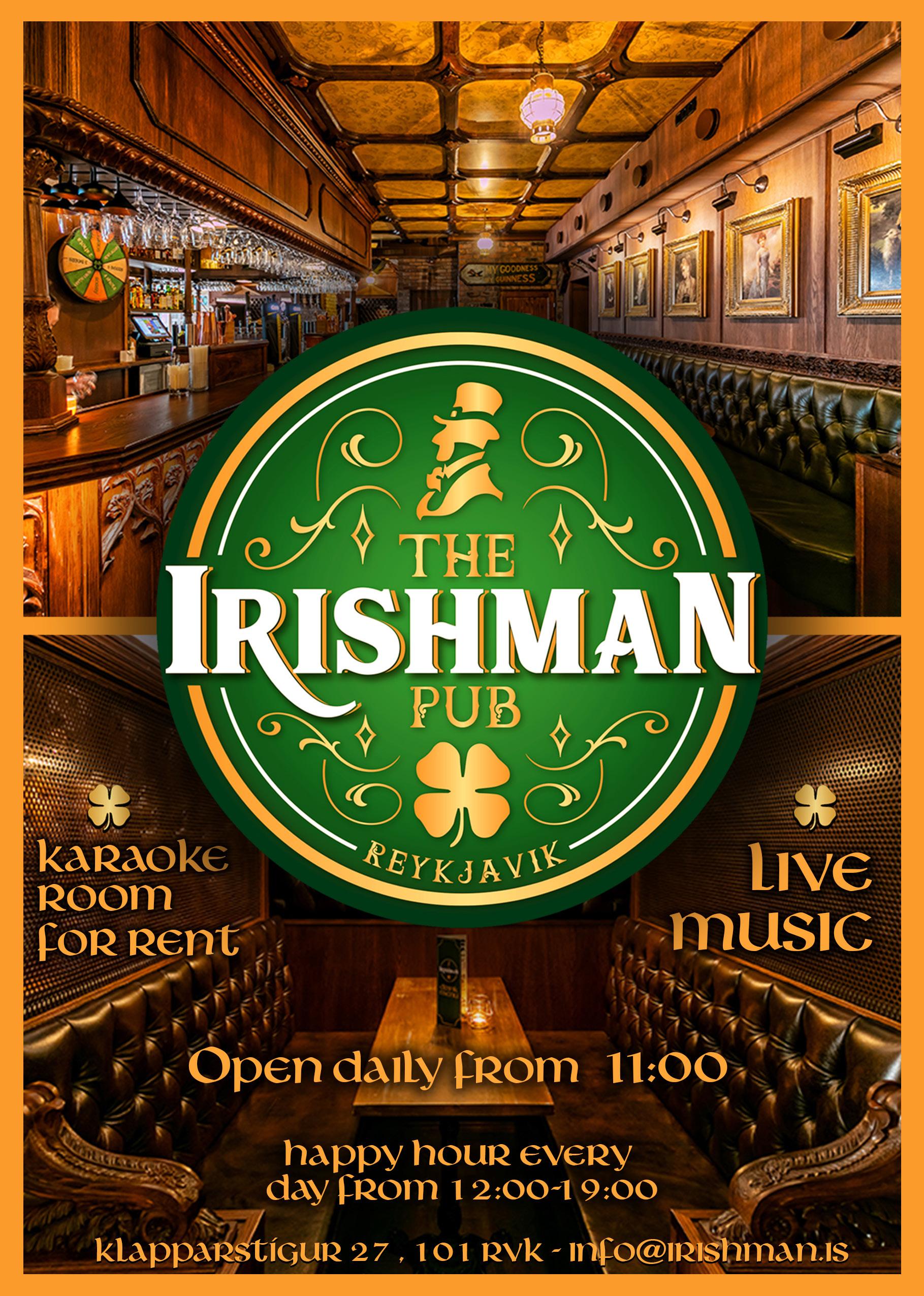
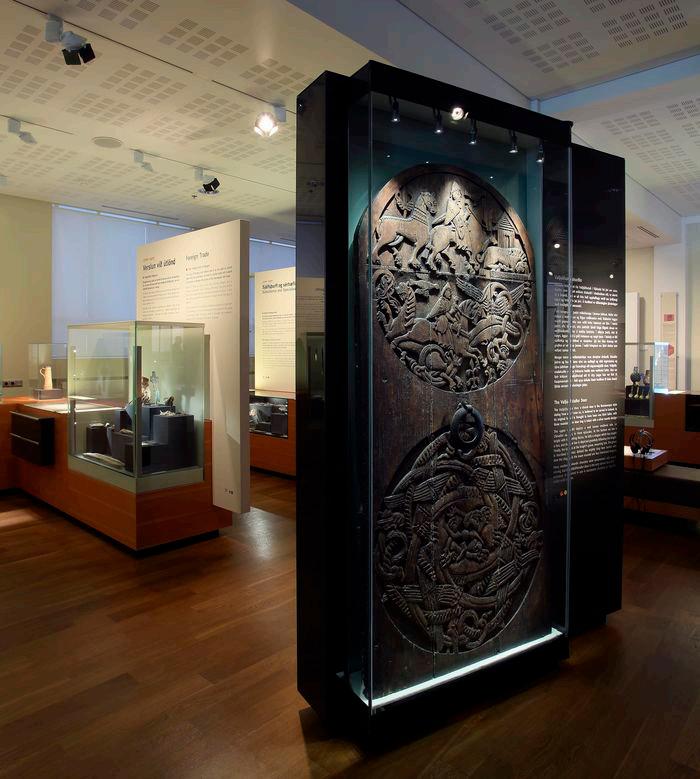
objects and clothing - all kinds of clothing carved in wood, such as shoes, loincloths and hats. Jæja will run from October 1 through mid-January at Kjarvalsstaðir.
THE NATIONAL MUSEUM OF ICELAND
The National Museum of Iceland’s permanent exhibition, Making of a Nation – Heritage and History in Iceland, is intended to provide insight into the history of the Icelandic nation from the settlement to the present day. The aim is to cast light on the Icelanders’ past by placing the cultural heritage preserved by the National Museum in a historical context, guided by the question: what makes a nation? The exhibition includes about 2,000 objects dating from the Settlement Age to the present, as well as about 1,000 photographs from the 20th century. The exhibition is conceived as a journey through time: it begins with the ship in which mediaeval settlers crossed the ocean to their new home, and it ends in a modern airport, the Icelanders’ gateway to the world.
Saga of Hofstaðir, Unearthing the Past in North Iceland
At Hofstaðir, in the district of Lake Mývatn, North Iceland, extensive archaeological excavations have been carried out over the past three decades. The site includes remains from the Viking Age to the 20th century. A huge Viking-Age structure was excavated: a hall or longhouse where people gathered on social occasions, with other smaller buildings around it. The hall is one of the largest structures ever excavated in Iceland. In addition, a churchyard was excavated at Hofstaðir, which is one of the oldest churchyards unearthed in Iceland. Whole families were laid to rest in the cemetery, and their bones yield evidence about their lives. The face of one of the women buried at Hofstaðir has been reconstructed using DNA technology, and a drawing of her is included in the exhibition.
From mire to metal
In the past, iron smelting from bog iron was performed in Iceland. The use of metallurgical furnaces called bloomeries were used to smelt iron throughout the Middle Ages. Thereafter the practice steadily declined until it was completely abandoned in the 17th or 18th century. The knowledge of this ancient craftmanship has since been forgotten to time, leaving numerous questions about the bloomery process unanswered. For a long time, scientists have attempted to answer questions about bloomery in Iceland. How was bog iron processed? How were bloomery furnaces constructed, isolated, and ignited? What quality of iron could be produced from Icelandic bog iron?
The exhibition From mire to metal explores bloomery research in Iceland. Bloomery experiments were carried out at Eiríksstaðir, successfully smelting iron for the first time from Icelandic bogs in centuries.
Making of a Nation
In the eleventh hour
In the 1970s, only a few of Iceland’s turf houses were still inhabited. Having served as the primary form of housing for more than a thousand years, the Icelandic
turf farm had now played out its role, and with no comprehensive preservation plan in sight, the remaining farms faced extinction. An Icelandic architecture student in Copenhagen set out and documented a representative selection of the Icelandic turf farms before it was too late. Working closely with the National Museum of Iceland and other parties to identify important subjects for their surveys, summer after summer, students and teachers travelled around the country to measure and draw the unique Icelandic turf architecture as well as other buildings in danger of disappearing. Offering a glimpse into life as a “measurer” in 1970s Iceland, the exhibition aims to give an insight into the expeditions and the invaluable source material that was derived from them. While Iceland’s neglected 19th century timber houses were measured as an integral part of their preservation and later restoration, most of the turf houses perished or fell into ruin. In many cases, the architecture schools’ documentation is the only existing source in relation to these buildings.
My Favourite Things
Although this exhibition is not necessarily new, it deserves more attention. My Favourite Things, which, at first glance, looks just like a list of things people left behind when they died. But these probates tell us how Icelanders lived in the 18th and 19th centuries, what they owned, and how their lives differed from people in different classes. The exhibition juxtaposes information gathered from probate inventories - what people had in their possession when they passed away - preserved at the National Archives and the artefact collections of the National Museum in order to dive into the material world of Icelanders from learned weaving in Copenhagen, and for several decades she ran a weaving atelier on Ásvallagata in Reykjavík. She wove upholstery and curtain fabrics for public bodies, businesses and homes, where the colours and textures harmonised with their surroundings. Her embroidery fabrics were used in school pupils‘ needlework projects for many years, and embroidered wall-hangings and cushions from Karólína‘s atelier adorned many Icelandic homes. She was thus an influence upon Icelanders‘ home furnishings and taste. In addition, her work led people to recognise the fine qualities of Icelandic wool and changed attitudes to crafts and needlework.
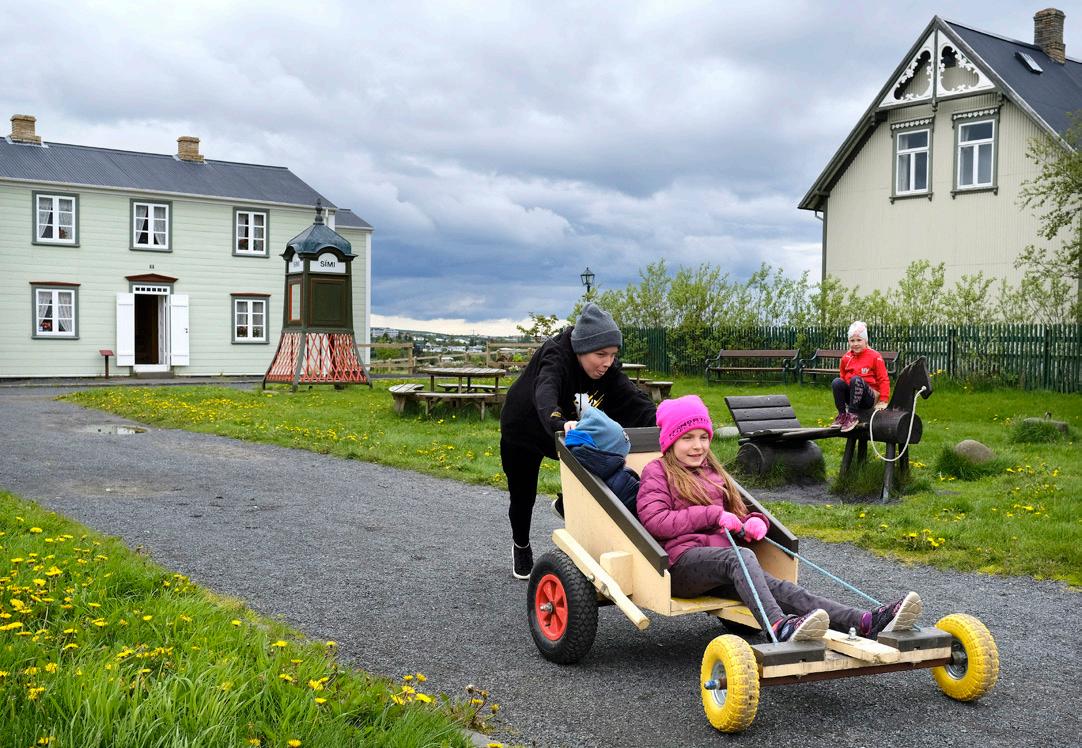
Árbær Open Air Museum
earlier centuries. What did people possess? How much worth was their belongings? How do the possessions of people of the past reflect in the preserved cultural heritage of the nation?
ÁRBÆR OPEN AIR MUSEUM
Árbær was an established farm well into the 20th century, and the museum opened there in 1957. Árbær is now an open-air museum with more than 20 buildings which form a town square, a village and a farm. Most of the buildings have been relocated from central Reykjavik.Árbær Open Air Museum tries to give a sense of the architecture and way of life and lifestyles of the past in Reykjavík and during summer visitors can see domestic animals. There are many exhibitions and events held at the Museum, which highlight specific periods in Reykjavik’s history. These include craft days, vintage car displays, Christmas exhibitions and much more. There is something for everyone at Árbær Open Air Museum.
Karólína the Weaver
Karólína Guðmundsdóttir (1897-1981) Consumption - Reykjavík in the 20th century
The exhibition aims to show the huge and rapid changes that took place in consumption patterns in Reykjavík during the 20th century – to explore the factors that affected consumption, and how technical advances, government actions, wars, and events in Iceland and abroad influenced the daily life of the people of Reykjavík.
EINAR JÓNSSON MUSEUM
This is a museum in the heart of Reykjavík that houses the work of Iceland’s first sculptor Einar Jónsson. The museum contains close to 300 artworks spanning a 60-year career: carvings from the artist’s youth, sculpture, paintings and drawings. A beautiful tree-clad garden adorned with 26 bronze casts of the artist’s works is located behind the museum. The task of the museum is to collect, preserve and display the work of Einar as well as to conduct research on his life and art.
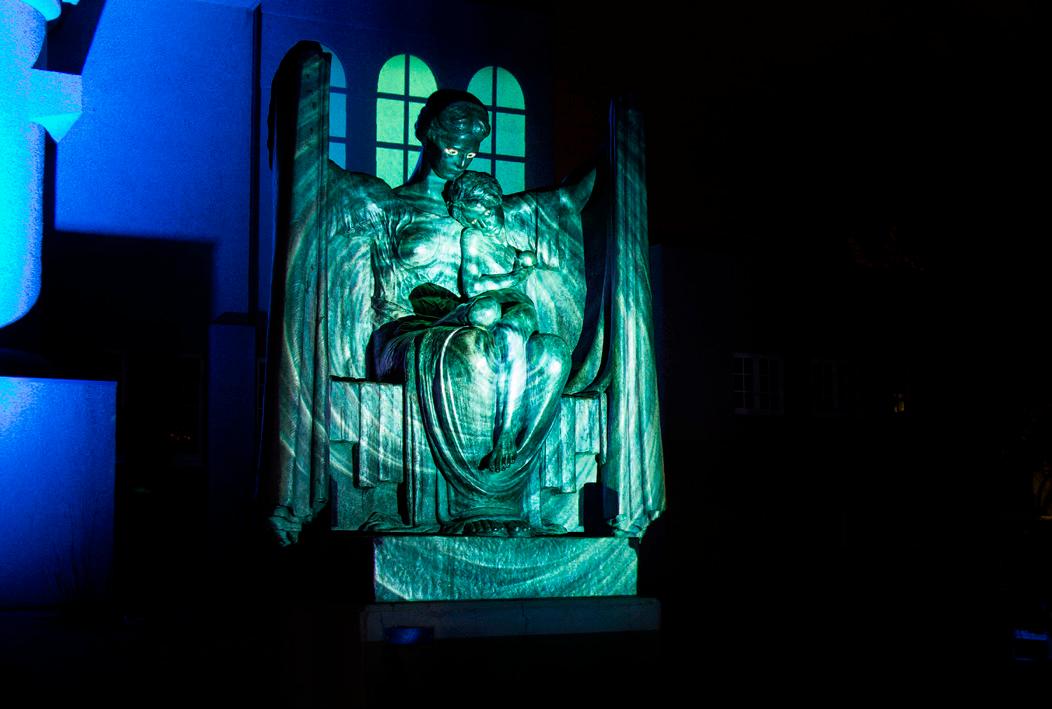
THE SETTLEMENT EXHIBITION
The Settlement Exhibition
An open excavation where Viking ruins meet multimedia technology. Just below ground in downtown Reykjavík, this open excavation uncovers the city’s Viking Age history. Discovered during building work in 2001, these archaeological remains turned out to be the earliest evidence of human settlement in the city, with some dating to before AD 872. Careful excavation revealed a 10th-century hall or longhouse, which is now preserved in its original location as the focal point of the exhibition. Interactive technology immerses you in the world of the Reykjavík farm at the time of the first settlers, including information on how Viking Age buildings were constructed and what life was like in the hall. The Settlement Exhibition is part of Reykjavík City Museum.
AÐALSTRÆTI 10
Aðalstræti ...and the story continues
Family-friendly and informative exhibition about the development of Reykjavík, from farm to city. This new display is a direct continuation of The Settlement Exhibition, representing Reykjavík’s history from settlement to the present day. Visitors get an insight into the complex history and culture of Reykjavík through the development of house construction and planning with a stop at the oldest house in the city centre, Aðalstræti 10.
The admission is valid to both Aðalstræti 10 and The Settlement Exhibition in Aðalstræti 16.
REYKJAVIK MUSEUM OF PHOTOGRAPHY
Daniel Bergmann: Falcons
The exhibition Fálkar/Falcons showcases a selection of photographs from Daníel Bergmann‘s book Fálkinn (The Gyrfalcon), published in Icelandic in October 2022. The book is the fruit of more than two decades of fieldwork by the photographer in the gyrfalcon territory in northeast Iceland. He photographed gyrfalcons at all seasons of the year; among other things, he observed one remarkably fine female through most of her life over a period of 15 years. Einar Jónsson Museum
Christopher Taylor: Proximity
English photographer Christopher Taylor has been visiting Iceland regularly since 1983, when he married an Icelandic woman, Álfheiður. During that time, he amassed a huge collection of photographs showing Icelandic life from a new perspective. The new exhibition, Proximity, opening on January 14 at the Reykjavík Photography Museum, consists of three photo series that span a 25-year period and together shed a different light on the concept of proximity in the Icelandic context. Taylor explores proximity with portraits of friends and family in Iceland, photographs of people-less spaces inside, and stones in the countryside.
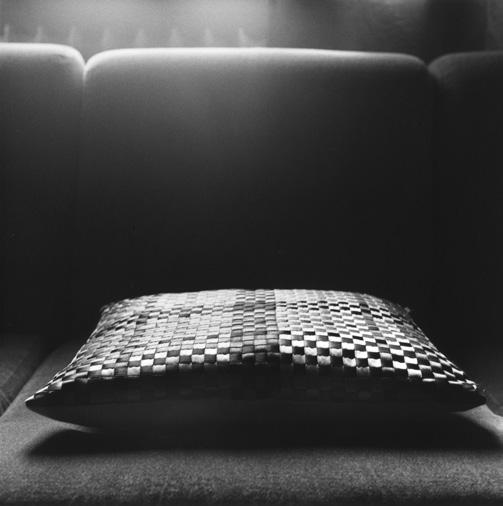
Christopher Taylor
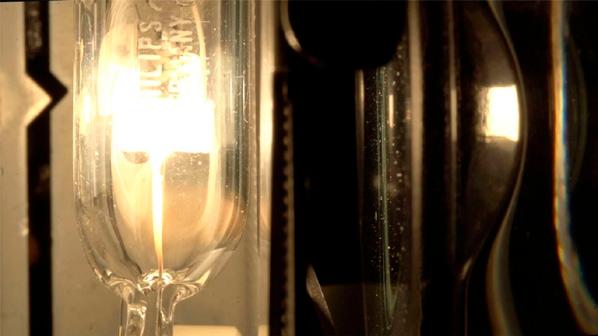
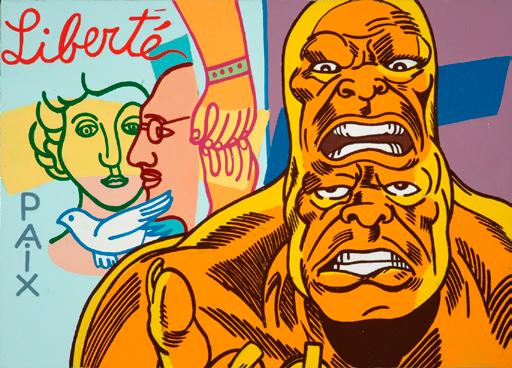
REYKJAVIK ART MUSEUM HAFNARHÚS
Erró: Cunning Sci
Celebration of the pop art Icelandic icon Erró continues this month with an exhibition showcasing his collages. Collage has formed the basis of Erró’s artworks for over sixty years, beginning early on with his Meca-Make-Up series in 1959-60, and resulting in more than 30,000 collages today. Through collecting, cutting, pasting and then painting, Erró has freely mixed and quoted visual material, transforming it into dynamic, striking and jarring visual collisions. Throughout the exhibition, it is possible to trace Erró’s commitment to collage as a form of art in its own right, as a step to creating other artworks, and as a means to continue to narrate unexpected stories. The exhibition opens at the end of the month, January 28, and will be on display at Hafnarhús.
Norður og niður
Translated as Up and Down, this exhibition focuses on contemporary art in the Nordic region and features the work of around 30 artists from the Nordic region, Iceland, Canadian coastal areas, and the Pacific Northwest in the U.S. The artwork relay ideas related to the North: popular perceptions, climate change and environmental crisis, and the painful history of colonization of Indigenous peoples. The exhibition is a collaboration between three art museums: the Portland Museum of Art in the state of Maine in the USA, the Bildmuseet in Umeå in Sweden and the Reykjavík Art Gallery in Iceland. There, 30 artists show new works that deal with the changes that are taking place in society, nature and life in the Arctic at the beginning of the 21st century, and which are largely caused by climate change. The exhibition travels between partners from February 2022 to October 2023.
Sigurður Guðjónsson Sigurður Guðjónsson
Video artist Sigurður Guðjónsson will represent Iceland at the 2022 international curated exhibition Venice Biennale. Known for his voluminous video works where image, sound and space form an unbroken whole, Sigurður has made a name for himself in Iceland as one of the leading contemporary artists. He mainly focuses on the functionality of various equipment, where the viewer is lured into a world of soothing repetition, rhythm and order, and the boundaries between the human and the mechanical become blurred. Sigurður Guðjónsson was born in 1975 in Reykjavík. He studied at Billedskolen in Copenhagen 19981999, Iceland Academy of Arts 2000-2003 BA and Akademie Der Bildenden Kunste in Vienna 2004. He was chosen Visual Artist of the Year 2018. The exhibition in Hafnarhús, which opens on October 20, presents the artist’s new and older works that introduce Sigurðar’s unique artistic creation to the audience.
Erró: Freehand
In this exhibition on the 3rd floor some of Erró’s early works, where freehand line and form are foregrounded, meet later collagedbased works that source, freely mix and quote found visual material. Through them it is possible to follow Erró’s curiousity and quest in developing his collage-painting method, or visual quotation; a practice he continues to this day. A sense of restless, dynamic ability to entangle and change resonates in the human or human-like forms that move across the two-dimensional surfaces. In these works, these forms evolve over time – first as loosely, energetically drawn images from Erró’s imagination and then as layered collaged references that directly represent and rely on different print sources and places.
Erró
EPAL GALLERY
Celebrating 60 Years of Iceland Review
Iceland Review is celebrating its 60th anniversary this year and will kick off the anniversary year with the opening of an exhibition in the Epal Gallery on Laugavegur 7. On display will be images from the last decade of Iceland Review, including some of the award-winning photographs. Since its inception, Iceland Review has sought to highlight Icelandic community, culture and nature, not only through words but also through high-quality photos and images. Photography has been an essential in communicating Icelandic traditions, the rapid changes of the last several years, and the spirit of the Icelandic people to foreign and domestic readers.
Fish • Lamb • Whale • Icelandic cuisine with a twist Icelandic music and nightlife Mix with the locals ...and all the Icelandic beers in one awsome place!
INGÓLFSSTRÆTI 1A 101 REYKJAVÍK

www.islenskibarinn.is postur@islenskibarinn.is sími: 517 6767
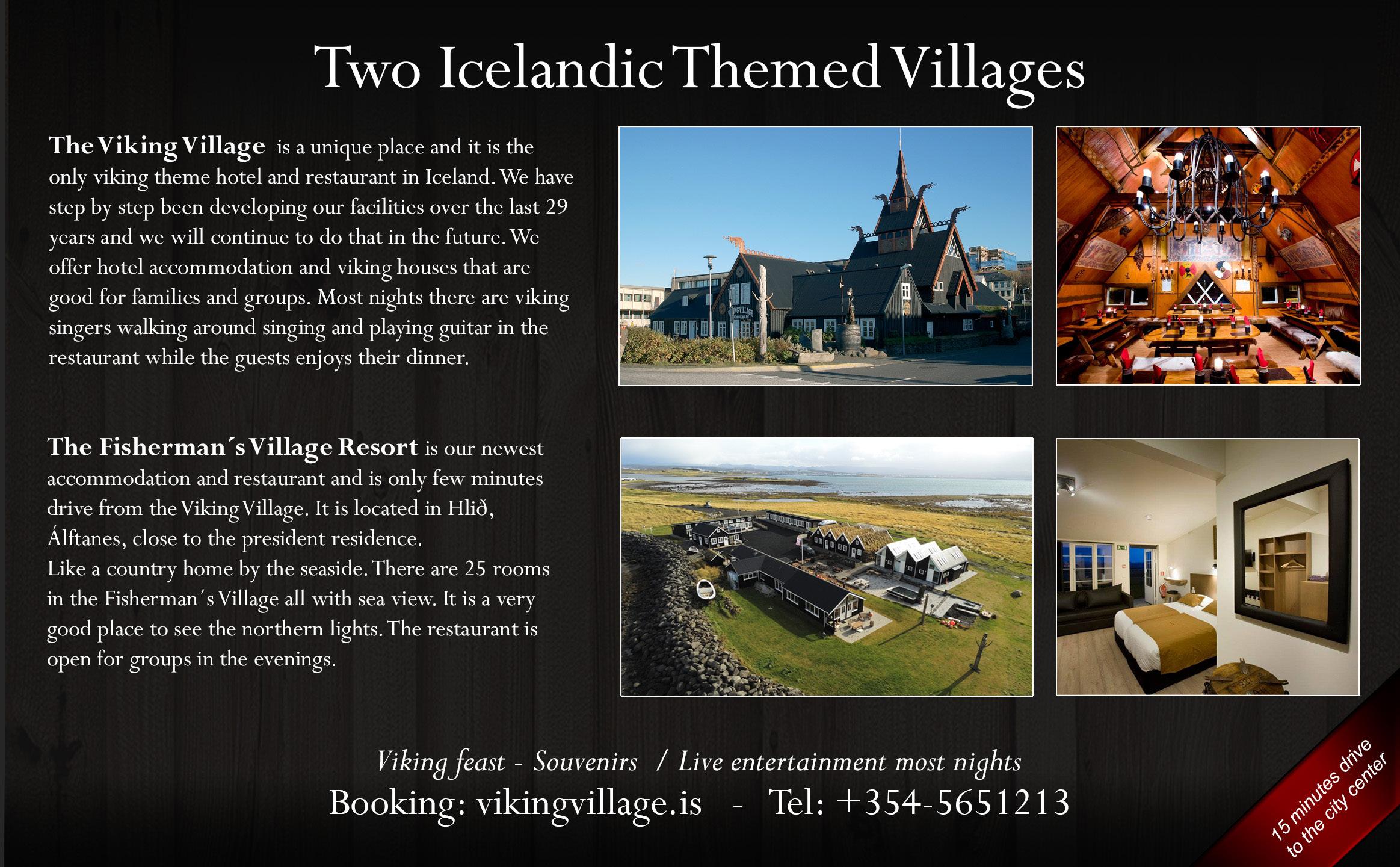

THE ICELANDIC PUNK MUSEUM
The Icelandic Punk Museum is located at Bankastræti 0, an underground location that served as public toilets from 1930 to 2006. The museum honours the music and the spirit that has shaped musicians and bands to this day; people who dared to be different. Objects, photographs, videos, posters, etc. from roughly 1978 to 1992 are on display with texts in Icelandic and English, and the main music from the period is available to guests.
HOUSE OF COLLECTIONS
National Treasures
The National Gallery of Iceland’s collection contains over eleven thousand works. In the exhibition Treasures of a Nation, a selection of works from the collection displays the evolution of art in Iceland from the early nineteenth century to our times. Resistance, Interplay of art and physics
Resistance is an interdisciplinary exhibition that bridges the gap between visual arts and science. The works on display are key works in the collection of the National Gallery of Iceland, that establish an interesting dialogue between art and science and the United Nations Sustainable Development Goals. Punk Museum
The Ocean
The ocean is all around in an exhibition on level 2 at the House of Collections on Hverfisgata, Reykjavík, where the treasures of Icelandic art are on display. Visitors now have the opportunity to experience works that relate to the seas, and to the discourse on sustainability.

Welcome to Jómfrúin, the home of Danish smørrebrød in Reykjavik. It all began in 1888 with Oscars Davidsen’s highly praised smørrebrød restaurant in Copenhagen. An unbroken tradition of quality and Danish culinary culture for the past 100 years. Enjoy!





